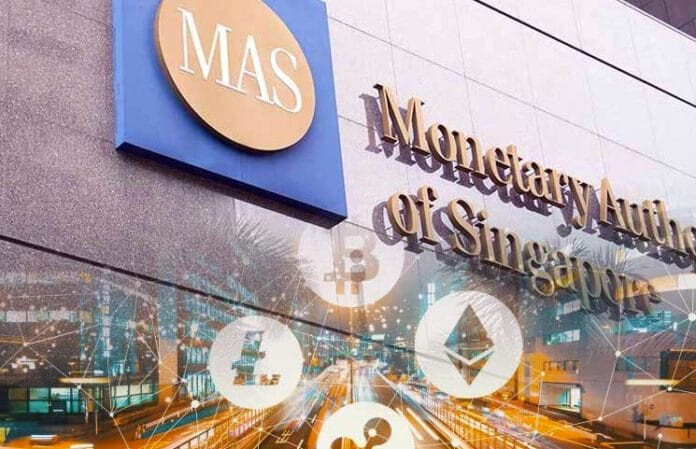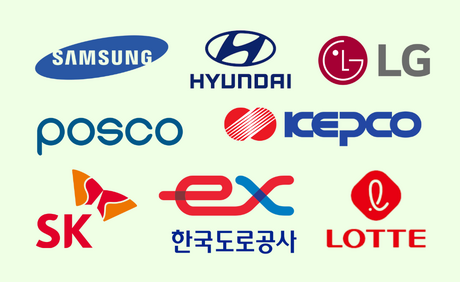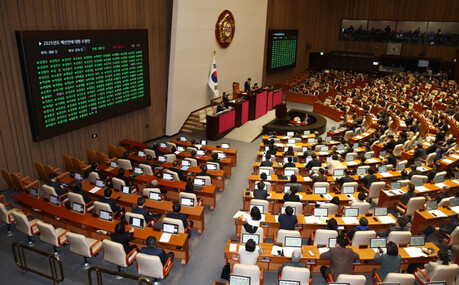
As the digital revolution continuously reshapes the financial landscape, regulatory bodies worldwide face the challenging task of establishing asset management systems that encompass emerging asset classes like cryptocurrencies. Amidst this backdrop, the Monetary Authority of Singapore (MAS) has taken a proactive step by issuing comprehensive best practice guidelines on the source due diligence for cryptocurrency assets. These guidelines, particularly aimed at High Net Worth Individuals (HNWIs) holding crypto assets, are expected to significantly influence the future global financial regulatory environment.
Singapore's Leading Role and Granular Approach
As a global financial hub, Singapore has often played a pioneering role in financial governance. This MAS initiative clearly recognizes the necessity of identifying and understanding the unique characteristics of various digital assets. Moving away from the traditional "one-size-fits-all" approach that treated all crypto assets uniformly, MAS has introduced a granular approach. This provides financial institutions (FIs) with a clear roadmap to adjust their risk assessment frameworks to the complex realities of the crypto space.
The MAS guidelines cover a wide range of digital assets, including major cryptocurrencies like Bitcoin and Ethereum, as well as stablecoins, NFTs (Non-Fungible Tokens), and assets derived from DeFi (Decentralized Finance) protocols. Since each digital asset possesses unique technical characteristics, liquidity, market dynamics, and potential risks, tailored due diligence procedures are essential to accurately assess their origin and legitimacy. For instance, privacy coins or funds concealed through mixing services may require stricter due diligence due to their lower transparency and higher potential for misuse in money laundering and terrorist financing.
Elliptic Expert's Insight: "Addressing the Most Pressing Challenge"
Liat Shetret, Vice President of Global Policy and Regulation at blockchain analytics firm Elliptic, offered critical insights into this progressive regulatory development by MAS. Shetret, with extensive experience from Citibank, the Egmont Group, and the U.S. House Committee on Homeland Security, highly praised the transformative potential of these guidelines, emphasizing, "MAS has taken a decisive step in addressing one of the financial sector's most pressing challenges: accurately assessing and verifying wealth derived from digital assets."
Shetret further added, "Globally, financial institutions are experiencing the growth of wealth derived from digital assets, which has led to the emergence of new millionaires and is reshaping traditional approaches to wealth management." Indeed, with the rapid growth of the cryptocurrency market, new HNWIs who have accumulated significant wealth through crypto investments are emerging, not only among existing wealthy individuals but also among younger generations. However, many financial institutions have continued to treat cryptocurrencies as a homogeneous asset, overlooking the complexity and diverse origins of these assets, thereby struggling with effective risk management.
Key Elements and Broader Implications of MAS Guidelines
At the core of the MAS guidelines is the clear recognition that not all crypto assets are created equal. Different digital assets have varying characteristics and risk profiles, necessitating tailored measures for each. This granular approach provides a framework for financial institutions to assess risks more intelligently, ultimately enhancing the overall security and transparency of crypto asset management.
Key guideline elements are expected to include:
Enhanced Source Verification: Thoroughly tracking the initial acquisition path of crypto assets (e.g., mining, exchange purchases, ICO participation) and subsequent transaction history to confirm the legitimacy of funds.
Wallet and Exchange Due Diligence: Evaluating the type of crypto wallet used by clients (hot wallets, cold wallets) and the regulatory compliance and security levels of exchanges.
Risk-Based Approach: Classifying risk levels by considering various factors such as asset type, transaction volume, transaction frequency, and the identity of involved parties, and applying corresponding levels of due diligence.
Technology Utilization: Leveraging blockchain analytics tools and AI-powered solutions to detect suspicious transaction patterns or abnormal fund flows.
Staff Training: Enhancing training for financial institution staff to ensure they have a sufficient understanding of cryptocurrencies and the relevant regulatory environment.
The MAS framework aims to transform this fragmented view. By encouraging financial institutions to improve their self-assessment and due diligence practices, MAS paves the way for a more comprehensive understanding of digital assets within wealth portfolios. This is particularly crucial in the current climate where the boundaries of wealth between fiat and digital realms are blurring, necessitating robust policies that transcend jurisdictions.
Global Diffusion and a Blueprint for Future Financial Markets
Singapore's new guidelines are expected to have significant ripple effects beyond its borders. Other regulatory bodies will likely observe these developments closely and may adopt similar frameworks. Shetret noted, "Other regulators globally will be watching this closely, and this model has the potential to significantly influence future global financial market policies."
Indeed, major countries worldwide are already seeking to strengthen cryptocurrency-related regulations. The European Union is establishing a comprehensive regulatory framework for the crypto market through its MiCA (Markets in Crypto-Assets) regulation, while the United States is also striving to define its regulatory framework through the SEC (Securities and Exchange Commission) and CFTC (Commodity Futures Trading Commission). Singapore's new guidelines are likely to be presented as a best practice within this international trend.
The MAS's best practices for crypto asset due diligence represent a significant step forward in global financial regulation as cryptocurrencies continue to evolve. By dismantling a simplistic view of digital assets, they establish sophisticated standards that recognize the diverse characteristics of these assets. This initiative not only strengthens Singapore's position as a leading financial center but also provides a blueprint for the regulatory framework of future global financial markets. As the world watches, it is clear that such a well-designed framework will redefine the future of asset management in the digital age.
[Copyright (c) Global Economic Times. All Rights Reserved.]






























